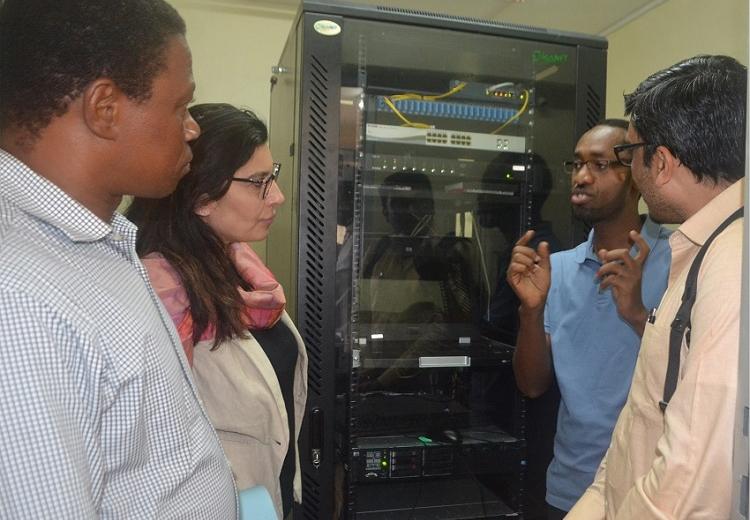Time to get it right: Road safety is key to social-economic development along the Northern Corridor
Ever since the Northern Corridor Member States embarked on a long journey of integrating Sustainable Freight Transport (SFT) components namely, social, economic and environmental aspects in all infrastructure projects and trade facilitation and Transport Logistics initiatives, the Corridor registered some progress especially on the component of Green Freight transport by cutting down Port and Road transport emissions such as Particulate Matter (PM), black carbon emissions and Oxides of Nitrogen (NOX) and CO2 emission in grams per ton-km.
Despite the above achievements in Green freight transport, improvements of Road infrastructure and tremendous reduction of Non-tariff barriers along the Corridor; Road safety remains a big challenge for the Northern Corridor Member States.
Road safety statistics show that road crashes are on the rise. In the last decade alone, recorded road crash fatalities in Uganda rose from 2,597 to 3,503 in 2016 representing a growth of 25.9%. The accident severity index is 24 people killed per 100 road crashes. On average, Uganda loses 10 people per day in road traffic crashes, which is the highest level in East Africa. The overall annual cost of road crashes is currently estimated at approximately UGX 4.4 trillion ($1.2 billion), representing 5% of Uganda’s gross domestic product (GDP).
In Kenya, over 3000 people are killed every year. In its 2015 Global Status Report on Road Safety, the World Health Organisation shows Kenya’s roads are amongst the most dangerous in the world claiming an average of 29.1 lives per 100,000 people. Road crashes are among the top ten killers of Kenyans, account for between 45 and 60 percent of all admissions to surgical wards and cost the country up to 5 percent of GDP.
These statistics need to be multiplied and seen in the context of deep family tragedy, of unimaginable grief and anguish and of tremendous health and economic and disability costs. Huge sums of money are used in medical care: money that is desperately needed for preventative health care.
The main fatal road sections along the Northern Corridor Road Network being the 14-kilometre stretch between Salgaa and Sachangwan along the Nakuru-Eldoret highway in Kenya, which has been the scene of multiple horrific accidents involving trucks in recent months. In Uganda, according to the “Road Safety Performance Review, Uganda”, February 2018, the Northern Corridor (Malaba/ Busia-Tororo-Jinja-Kampala-Masaka-Mbarara-Katuna; Tororo- Lira-Kamdini-Pakwach-Arua; and Kampala-Gulu Highway) in particular, has the highest fatalities compared with other roads. In 2016 for instance; the Masaka-Kampala corridor recorded over 200 fatalities over a distance of 120kms, making it one of the riskiest roads in Uganda that year.
On some occasions several fatalities or injuries have occurred following an accident when those expected to help the accident victims take advantage to loot their cargo especially accidents involving fuel tankers
Eliminating traffic deaths and injuries is an achievable goal. Stop the blame game. All Stakeholders in Northern Corridor Member States are urged to revolutionize their approach to the scourge and start putting Road Safety higher up on the list of priorities as Sustainable Freight Transport Systems are concerned.
Deep change is highly required and Holistic and drastic measures to be taken. Not just traffic rules and law enforcement, road users’ behaviour, capacity building but also engineers are required to always consider that Road Infrastructure must be there for growth, and most importantly, for human interest and safety. The Northern Corridor Road network is not designed to kill.

